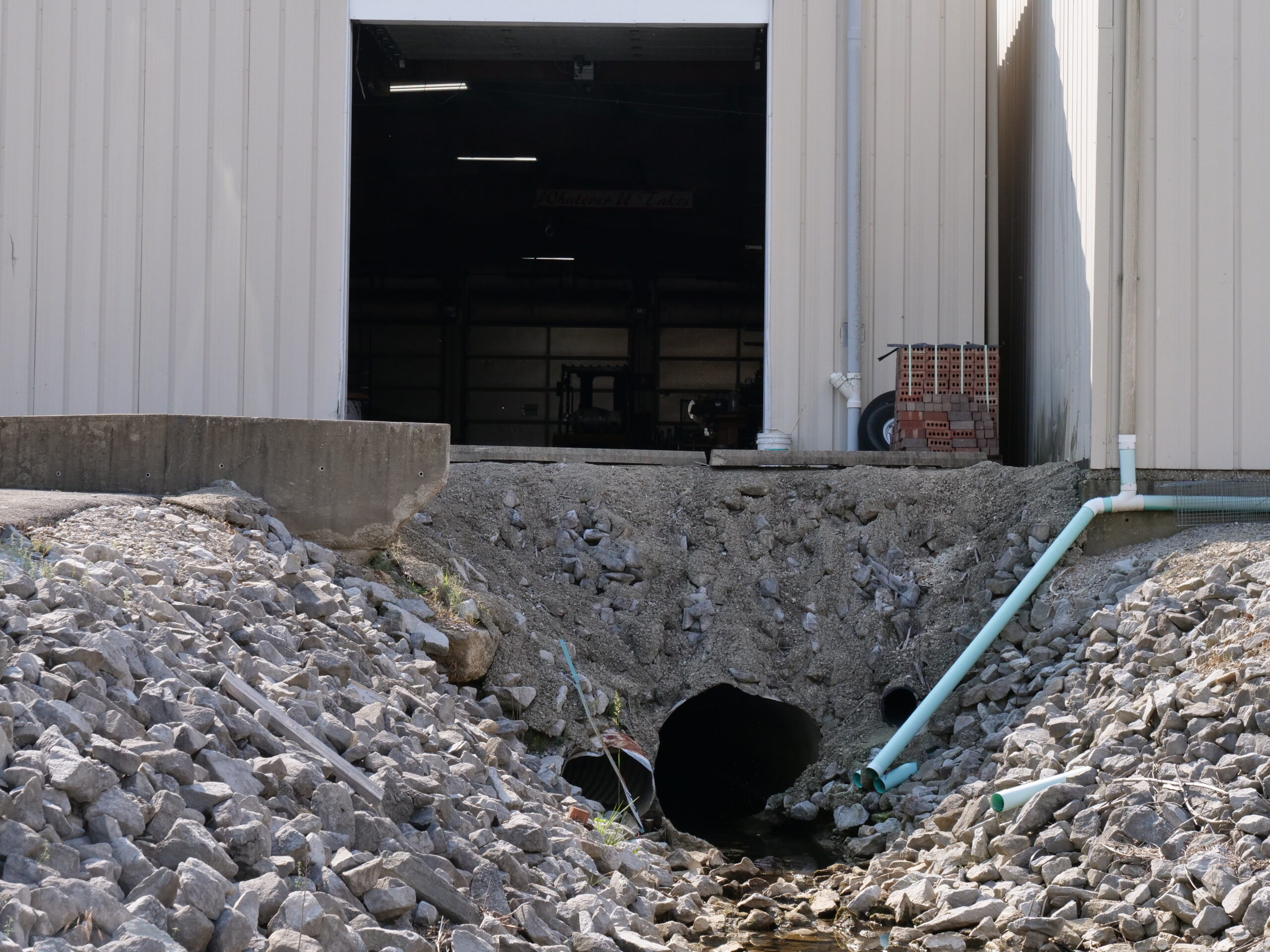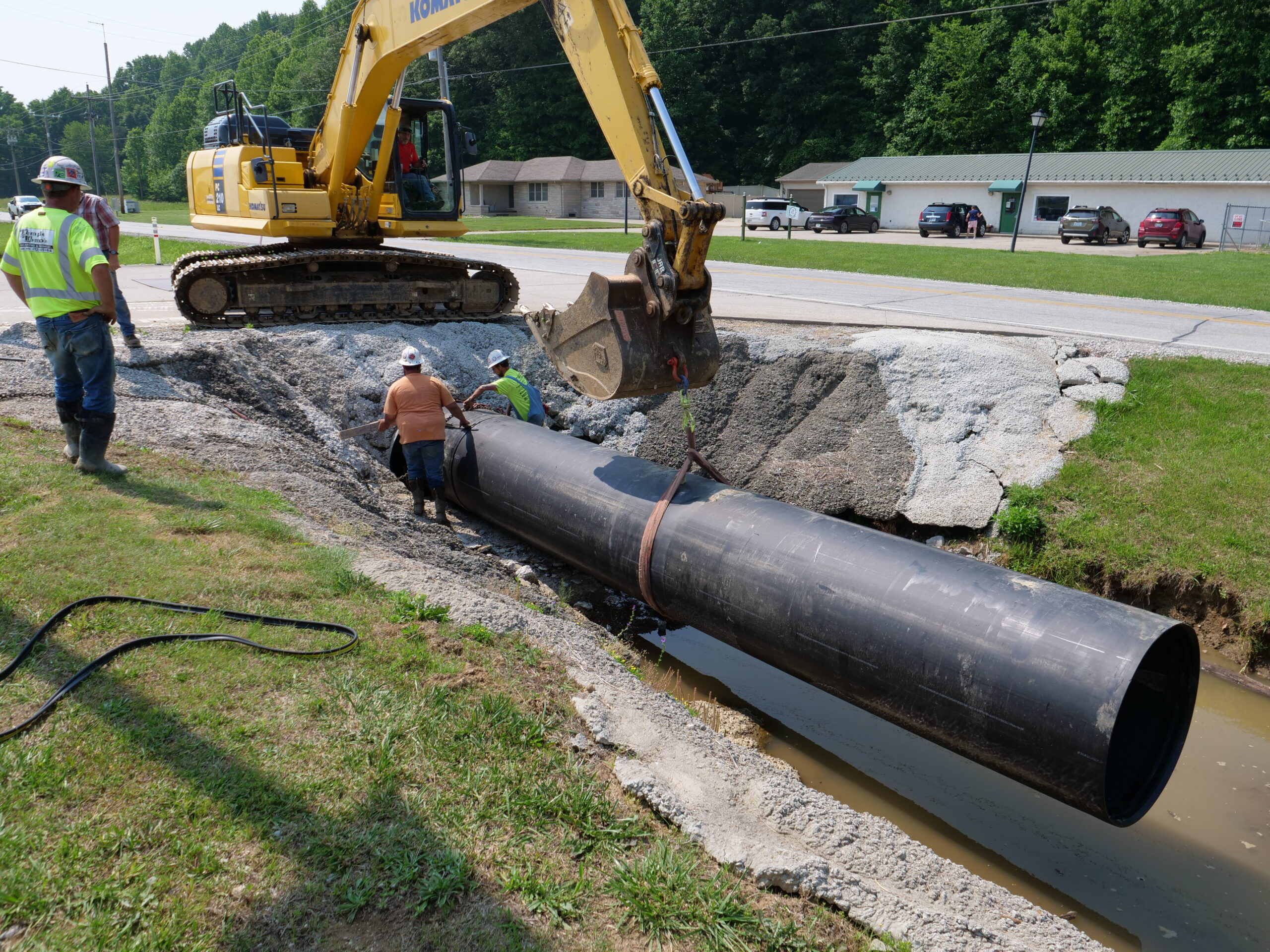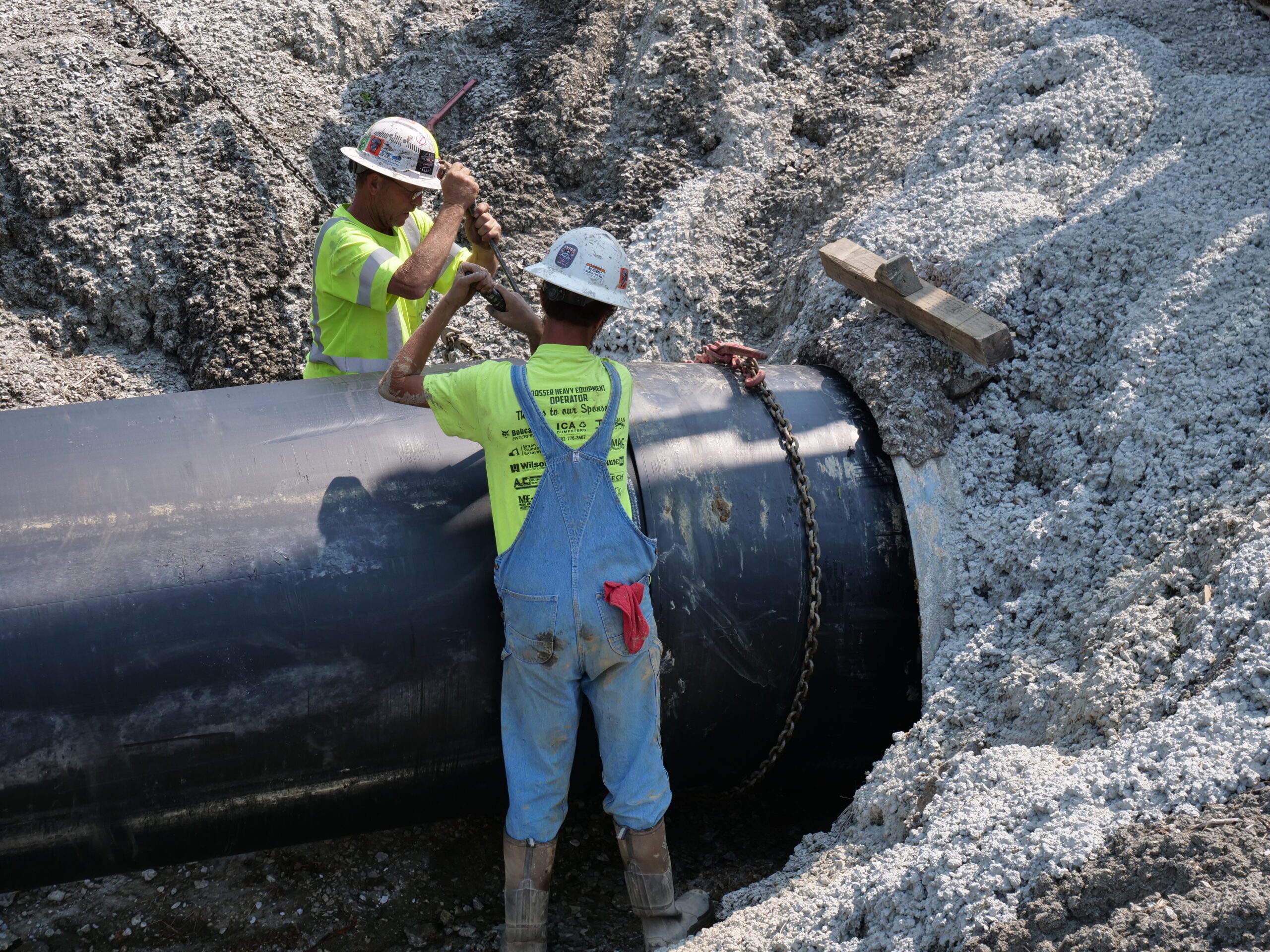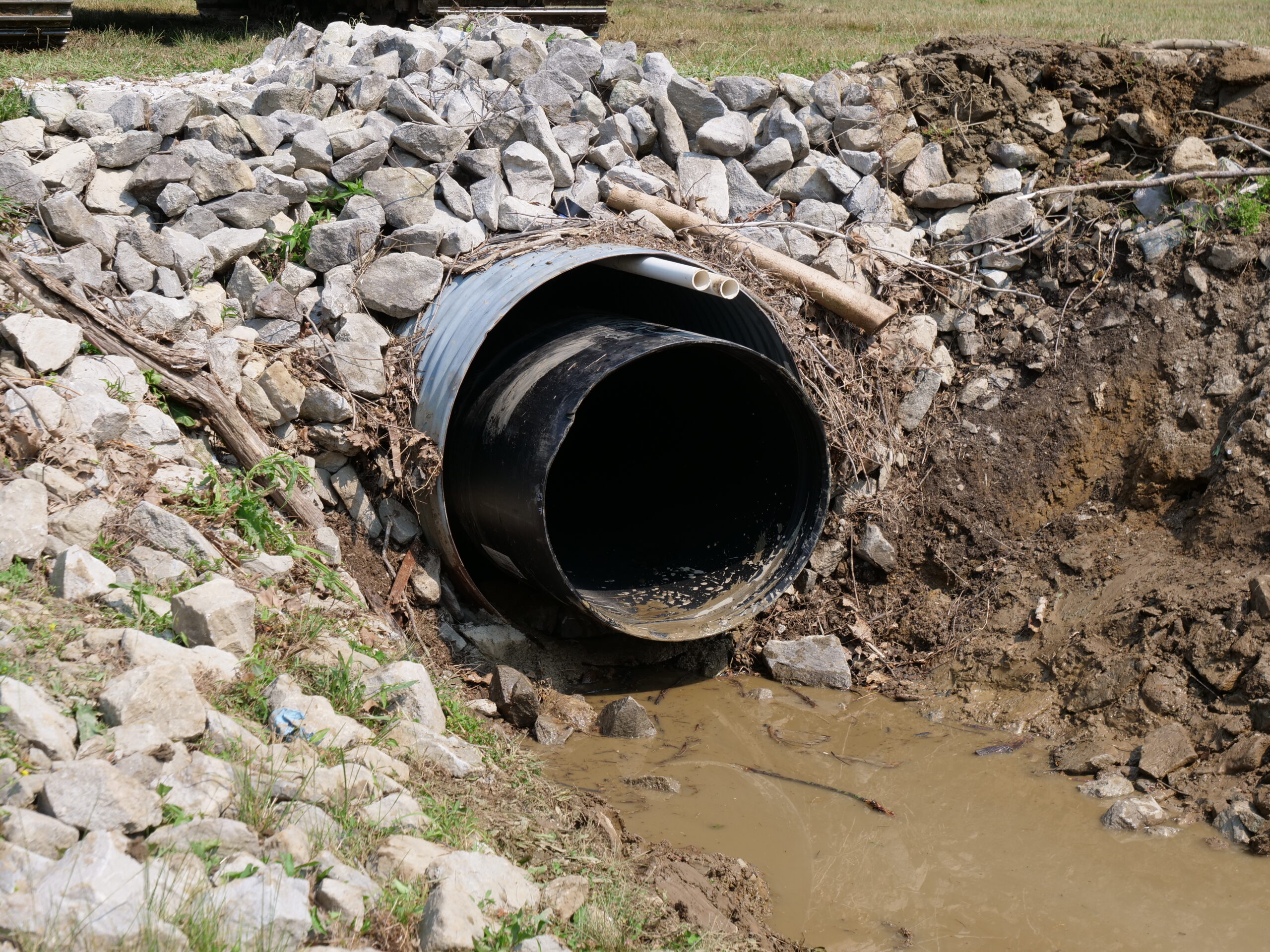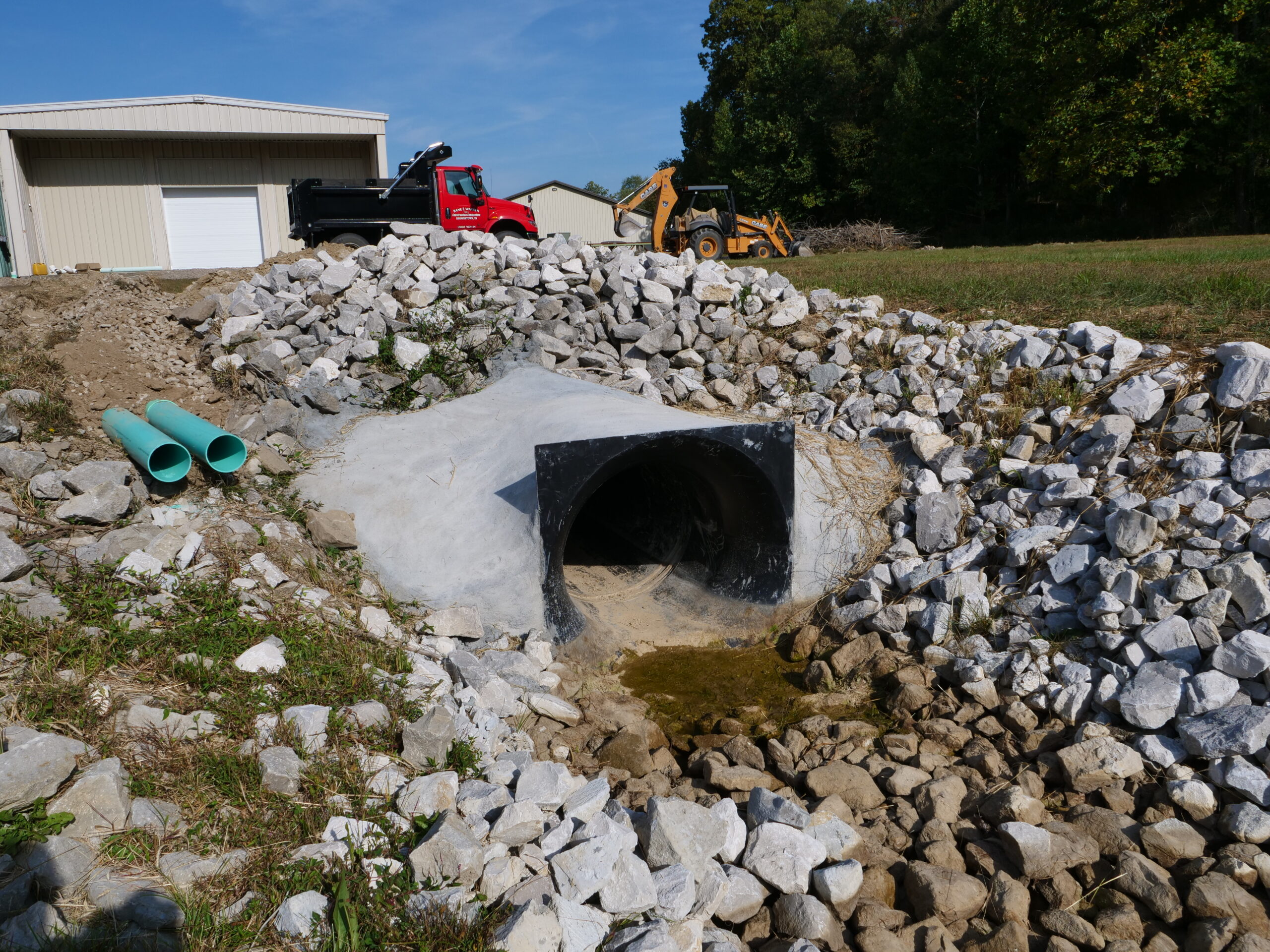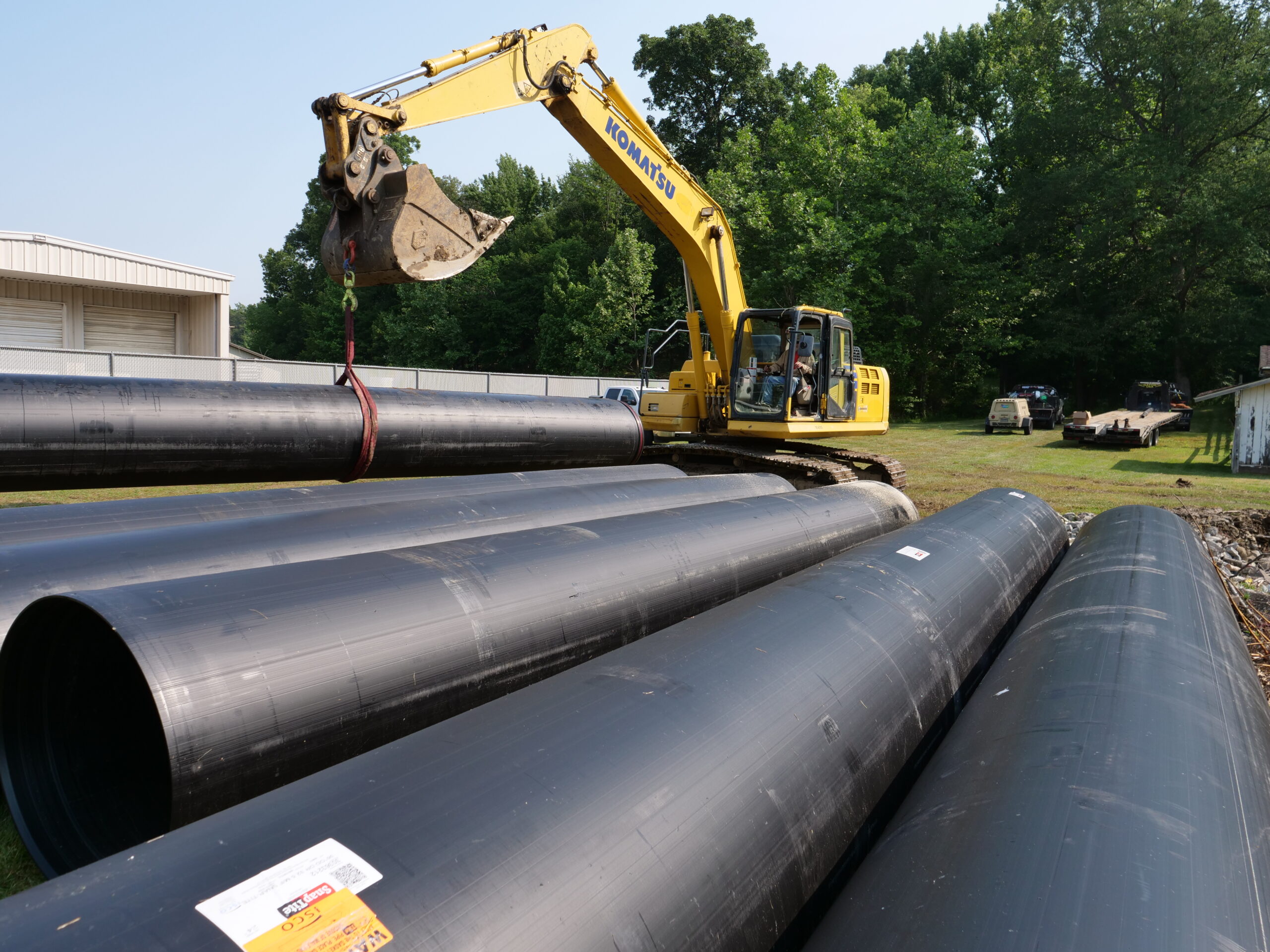Background
In 2023 Brownstown Electric Supply Company's headquarters in Brownstown, Indiana was faced with two major challenges.
The first was related to a bid on a large-scale project, similar to others they had done in the past. The scope of this new project would require additional space to perform the assembly of the required for this long-term contract.
Two solutions presented themselves: leasing an off-site space for the assembly, or building additional space on the current property in Indiana.
The former would require out-of-pocket expense to not only lease the additional space, but also the cost of hiring and compensating an off-site project manager, the idea of which was compounded by having the inconvenience and quality concerns of performing the work off-site on such a technical project.
The cost of building a new staging area on the current campus was not an attractive option for an 18–24-month project.
But there stood a building at the facility, being used mainly for storage, that had potential to be reconfigured into a workspace that would meet the needs of the new job.
Which ironically brings us to problem number two.
The existing building's safety was in question because of the 48" corrugated metal culvert that ran right under the center of the building. It was rusting and deteriorating - potentially compromising the ground under the building. Previous inspections determined solutions to address the problem with the culvert were expensive, time consuming and not viable.
The Solution
Brownstown Electric Supply Co.’s Chief Financial Officer, Todd Agee had an ace up his sleeve.
Having previously worked at ISCO, he knew the advantages of Snap-Tite when it came to culvert rehabilitation.
Replacing the culvert was completely out of the question, as the building would have to be all but demolished. Other possibilities like cure-in-place piping and pipe bursting were not reasonable options, due to the line always running water and the need for the voids to be filled and stabilized. The diameter of the pipe was too large for fold-and-form pipe lining.
Agee called Stephen Boggess who Directs Snap-Tite at ISCO. Boggess and Ryan Harrington had worked with contractor Temple & Temple Excavating and Paving in Salem, Indiana on multiple culvert rehabilitation jobs, and brought them into the fold.
After a conversation and estimate it was decided that the culvert in question would be rehabilitated with 36-inch Snap-Tite, equipped with a Hydro-Bell on the intake end of the stream behind the building. The Hydro-Bell was needed due to the large volumes of water that filled the channel during heavy rain conditions. In the past, this channel would over-flow into neighboring properties due to the poor condition of the host pipe.
Another rusted out metal culvert on the northwest driveway at the entrance of the facility would get the same treatment.
Rehabilitation prep began by clearing debris from the existing culvert. The crew laid 2x4s parallel inside the existing pipe on the bottom at 5 and 7 o’clock to act as a guide to steady the Snap-Tite and avoid scraping against the existing bolts that protrude from the length of the multi-plate metal culvert. Additionally, 2x4s were screwed into the top of the existing host pipe at 11 and 1 o’clock and built up to prohibit the liner pipe from floating during the grouting phase. Between the 2x4s along the top were a series of grout tubes at set distance intervals.
Long-time partners Temple and Temple Excavating - who have been trained and certified by ISCO, began feeding, or slip-lining the pipe into the culvert from the end that water enters the line. Each pipe was joined with the next piece using the specifically fabricated bell and spigot ASTM D3212 gasketed joints.
Once the 216-foot line was installed, both ends of the headwall were sealed with a cement mixture, creating a bulkhead or end seal that is designed to contain the cellular grout that is pumped into the annular space. Short lengths of pipe were also installed through the bulkhead, allowing air to exit as the grout is pumped into the annular space.
The grout that is pumped into the open area is a blend of concrete and a foam compound that makes the mixture lighter, but does not compromise the strength of the grout. The bottom of the Snap-Tite is installed closer to the bottom of the existing culvert than the top to allow water to flow naturally through the smooth interior of the new HDPE line.
The entire process was completed in less than a week as the installation of the Hydro-Bell capped the install of the line under the building. Despite the slip-lining reducing the diameter of the pipe, the smooth interior walls of the HDPE and hydro-bell actually improve the flow rates for the culvert.
The driveway segment required a little extra prep to clear some cement away from the mouth of the existing pipe before installation.
Once the culvert rehabilitations were complete, Brownstown Electric Supply Company was able to commence with the renovation of the storage building into a build shop for the upcoming Project.
With an HDPE solution to one problem, the two challenges were conquered.
Investment in the Snap-Tite to address the failing culvert will eventually save money from having to put capital into the off-site space and leadership, and at the same time will provide a home for future long-term projects for Brownstown to pursue.
HDPE became a rather effective stone that conquered two metaphoric birds at Brownstown Electric Supply Company.
SUBSCRIBE TO ISCO UPDATES
ISCO Updates
[gravityform id="21" title="true"]


